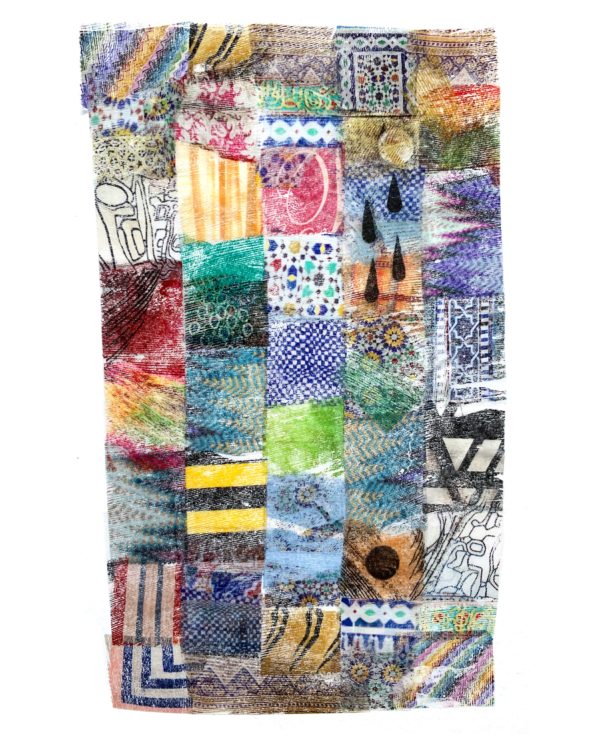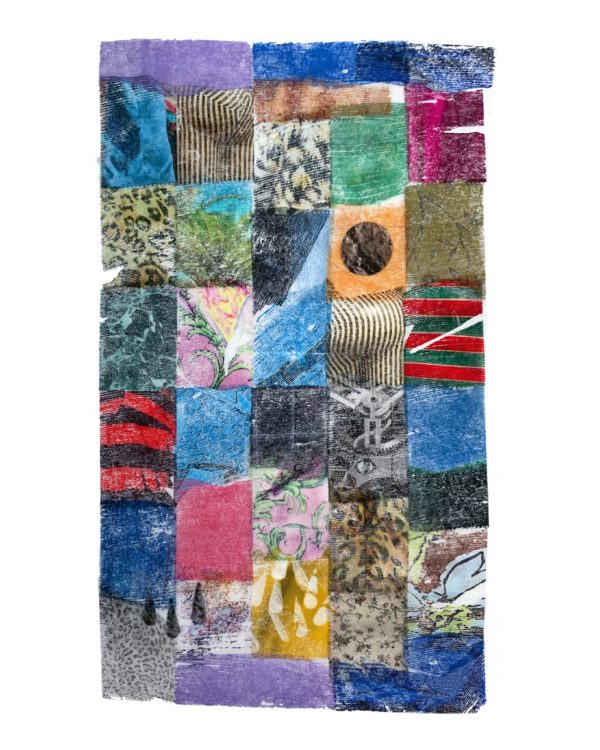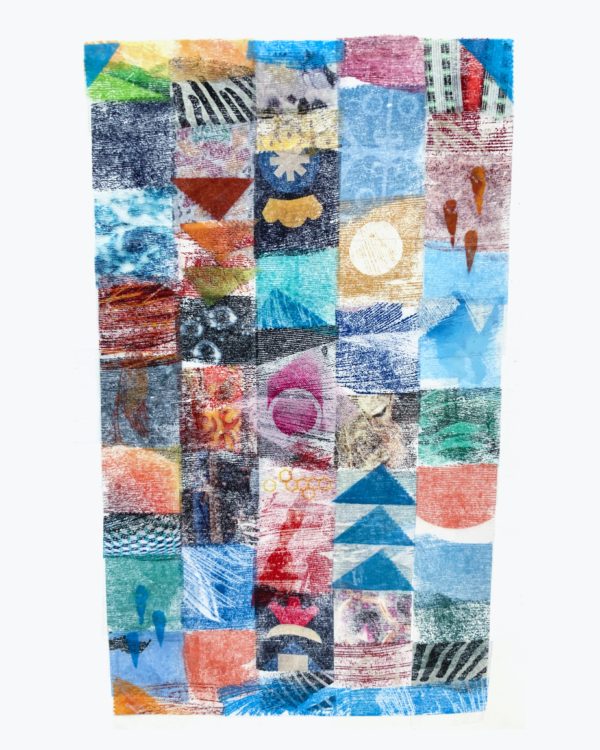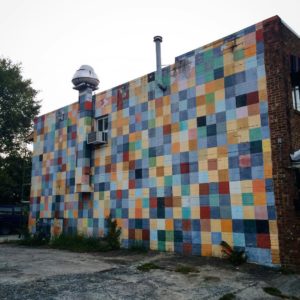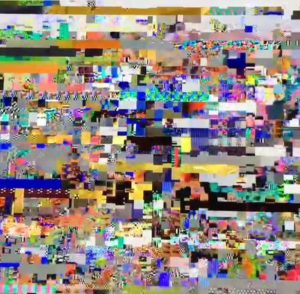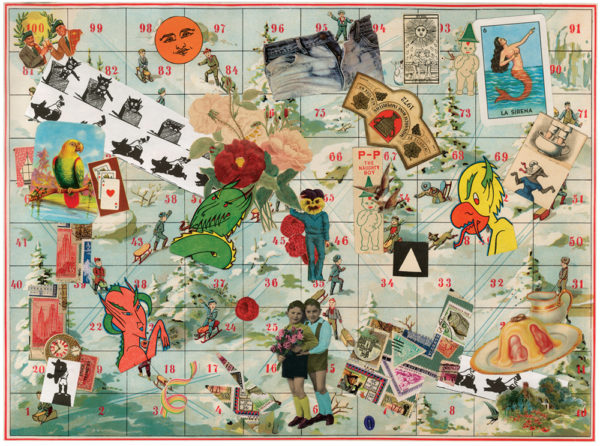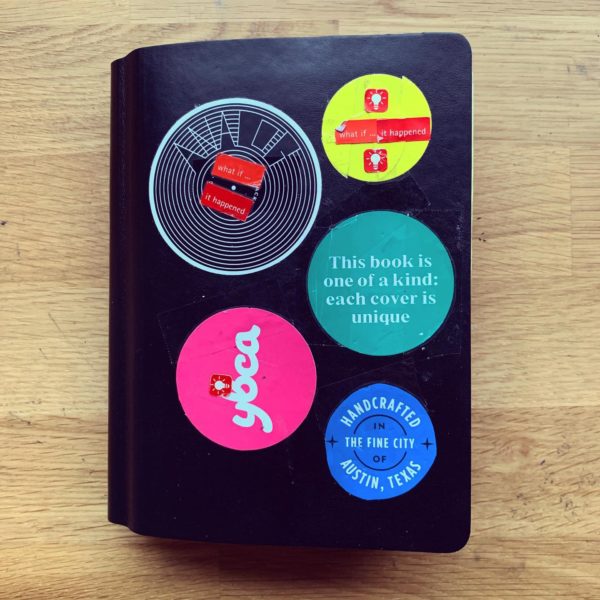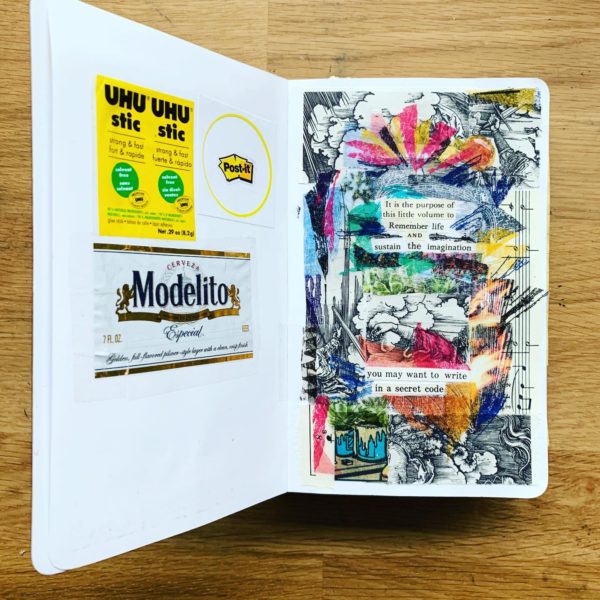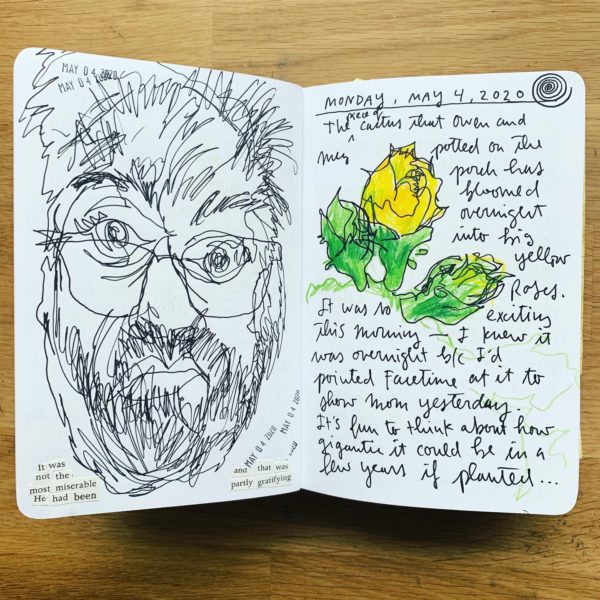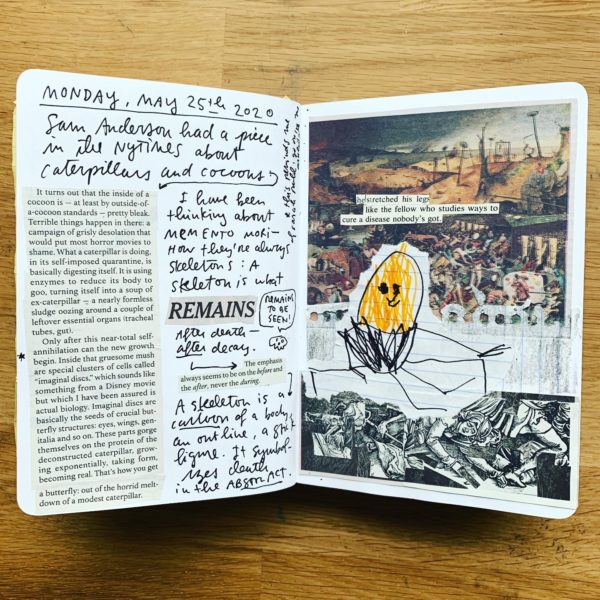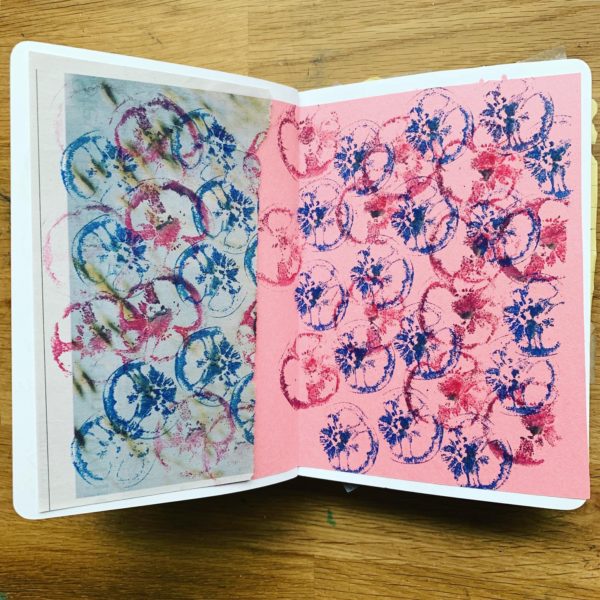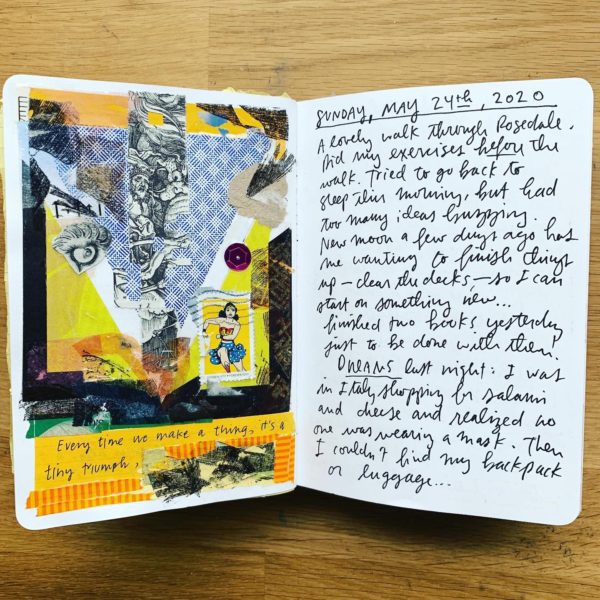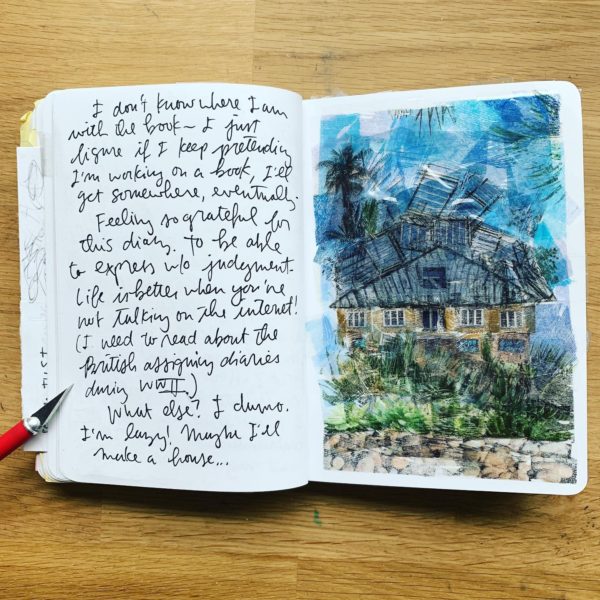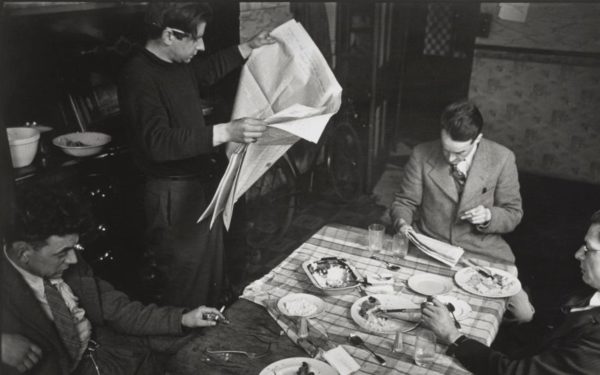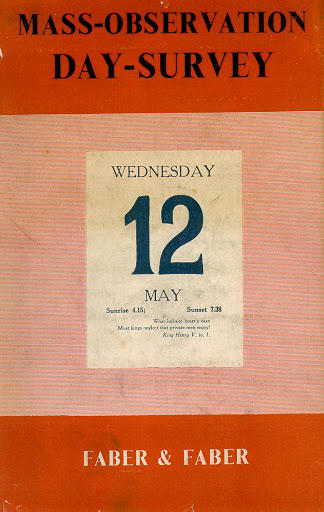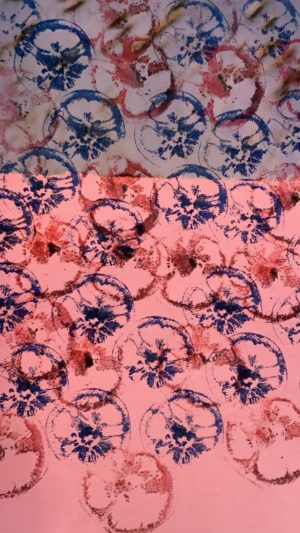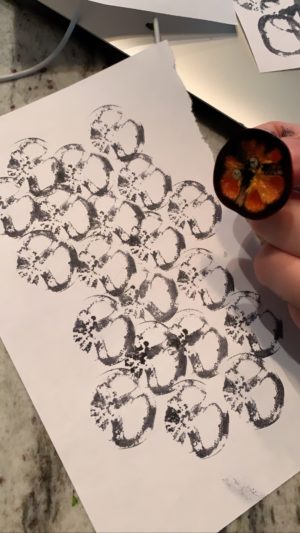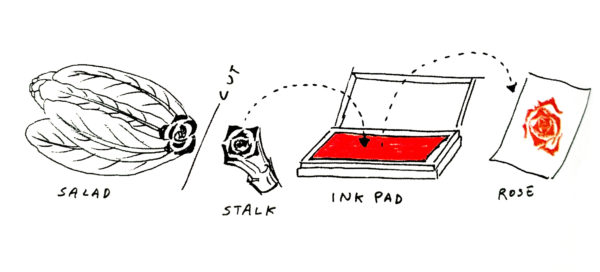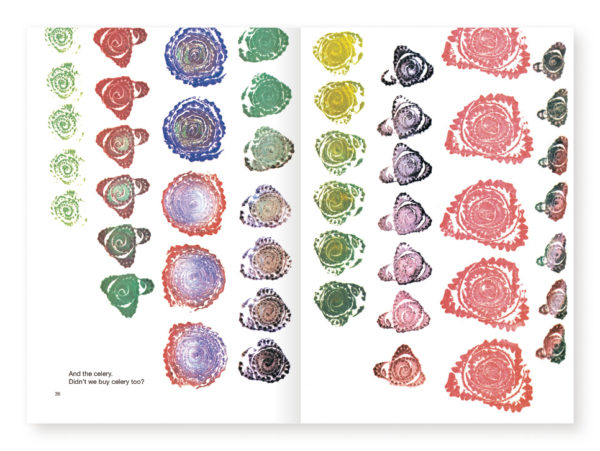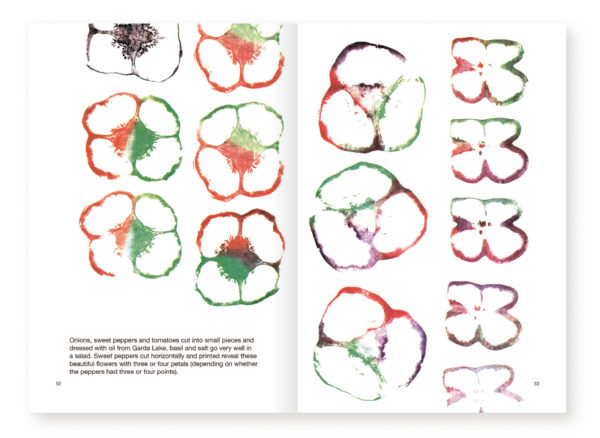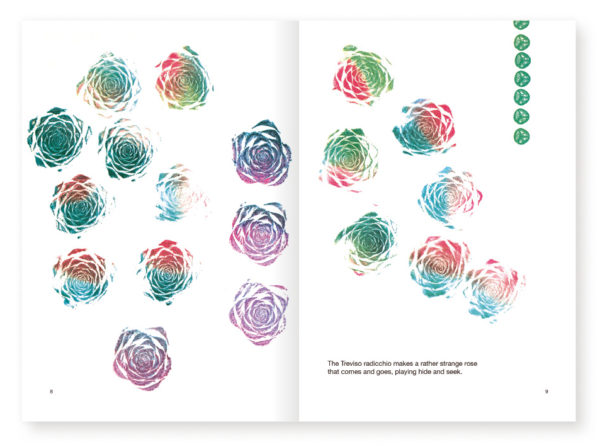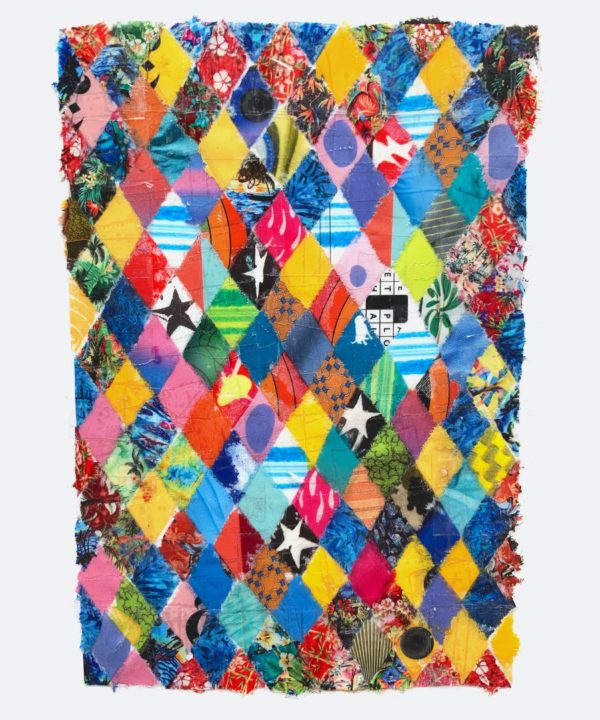
My latest bit of collage procrastination: I’ve been making miniature quilts out of tape and magazines. (Posting them as I go on Instagram.)
It makes things more pleasant, being stuck at home, to make homemade, handmade things.
Alan Jacobs quotes Ursula K. Le Guin in his piece, “Handmind in Covitude”:
Nothing we do is better than the work of handmind. When mind uses itself without the hands it runs the circle and may go too fast; even speech using the voice only may go too fast. The hand that shapes the mind into clay or written word slows thought to the gait of things and lets it be subject to accident and time.
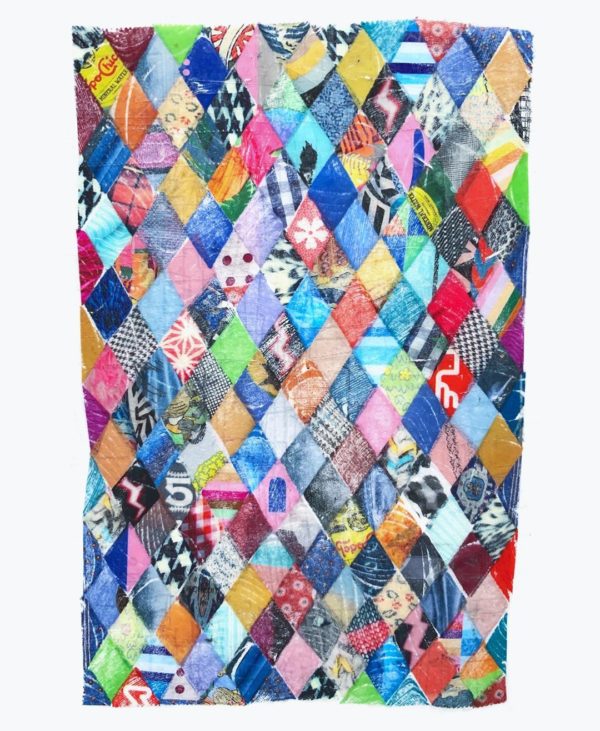
I’ve been sort of peripherally interested in quilting for years. My mom quilts, and one of my favorite possessions is this simple quilt she stitched together in college:
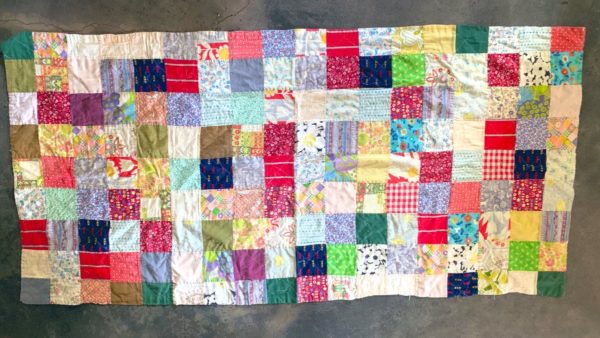
Which, you know, isn’t much different than these pieces:
This recent interest surged from reading about the work of Rosie Lee Tompkins, watching this documentary about the quilters of Gee’s Bend, and following Amy Meissner’s Instagram, but the seeds were planted way back. I found this batch of photos from my 2015 book tour:
That batch also included these wonderful 16mm film quilts by Sabrina Gschwandtner that I saw at the RISD museum in Providence:
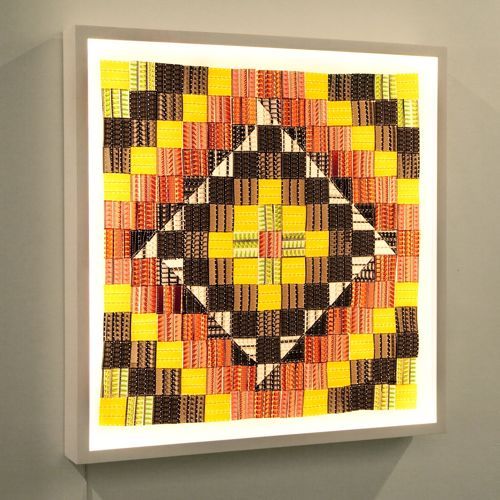
I’m fascinated by how long it takes seeds of thought to sprout. So many of my projects which I think are new ideas are actually pretty old ideas that receded (re-seeded?) into the back of my mind, and hung out there dormant in the soil, waiting for the right conditions…
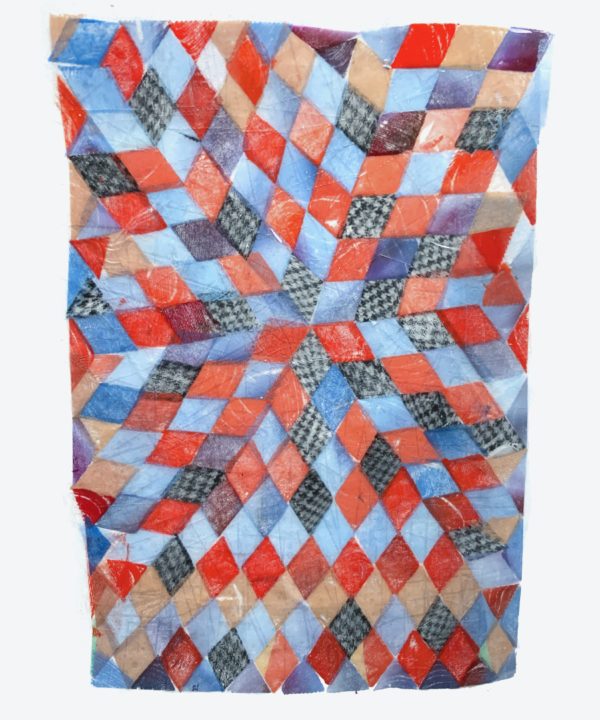
It’s also not lost on me that my books, too, are stitched together like quilts. (If you look closely in the back of Steal Like An Artist, there’s a quilting reference.) When I can’t stitch together words, I stitch together images.
UPDATE (Aug. 19. 2020): Before I get any more letters from upset quilters, I’d better apologize for misusing the term “quilt” to describe these works. A quilt is, technically, 3 layers of fabric: a patchwork on top, a backing, and some sort of stuffing in the middle, stitched together.

